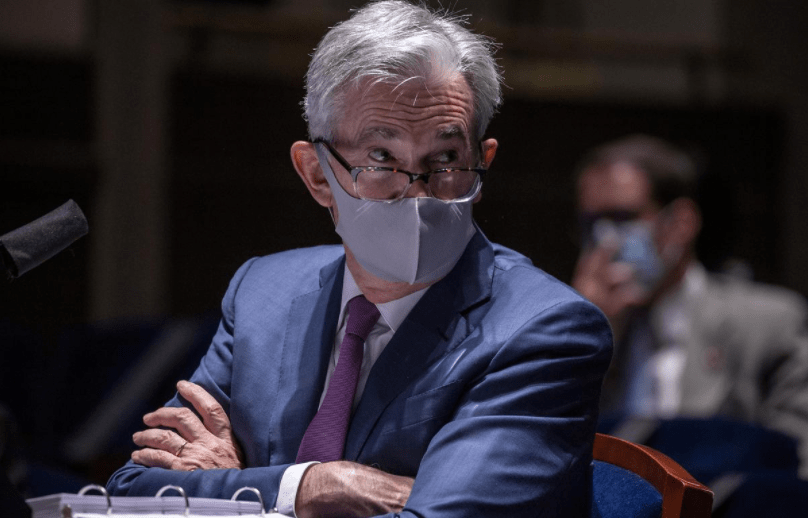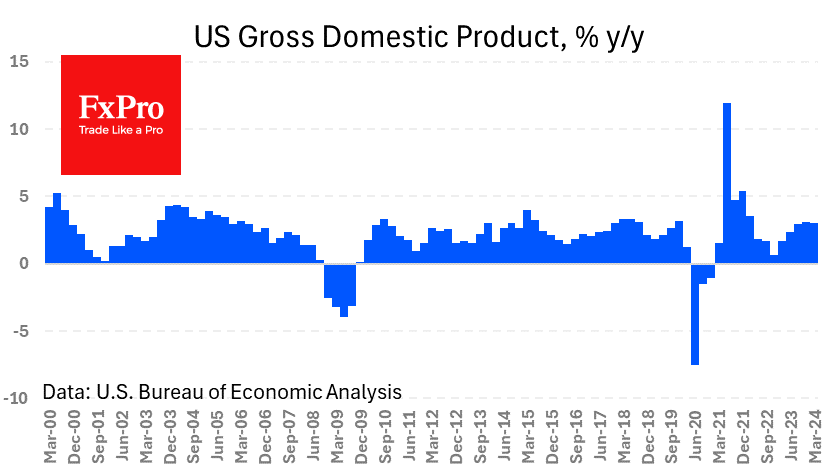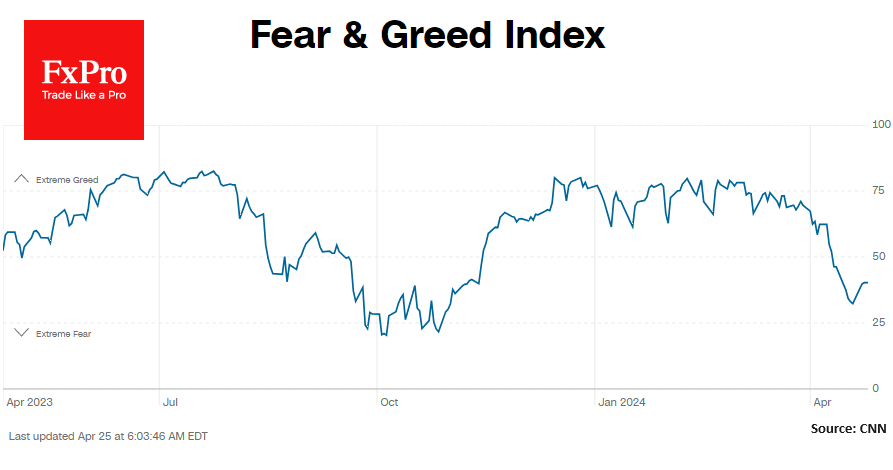As uncertainty threatens U.S. growth, Fed seeks more firepower
August 25, 2020 @ 15:20 +03:00
A year ago, Federal Reserve Chair Jerome Powell warned fellow central bankers of the significant risks posed by trade policy uncertainty, and the lack of precedents for monetary policy in the face of those unknowns.

As Powell this week prepares to address the Fed’s annual central bankers’ conference – usually held in Jackson Hole, Wyoming, but being conducted virtually this year because of the ongoing COVID-19 pandemic – uncertainty and the threat it poses to economic growth looms larger than ever.
Everything is up in the air now, including how fast the coronavirus will spread, how many more people will die from COVID-19, the illness caused by the virus, and whether U.S. lawmakers will deliver a new economic rescue package, and how big it will be if they do.
Added to that are political storm clouds gathering ahead of the Nov. 3 presidential election, with President Donald Trump already stoking doubts over the fairness of the process and its outcome.
Against that background, Powell is expected to open the Kansas City Fed’s annual economic policy conference on Thursday with an update on the U.S. central bank’s plans to refit its monetary policy approach to a world where persistently low inflation and low interest rates numb the effects of the Fed’s recession-fighting stimulus measures.
Rising uncertainty about the economic outlook, which economists say stunts household spending, business investment and factory output, may add to pressure on the Fed to bolster its policy arsenal.
And new research published last week by the Fed suggests that “uncertainty shocks” compound over time, so that several in a row deliver a much bigger blow to the economic outlook than each one might have in isolation.
As much as economists recognize that uncertainty threatens growth, in other words, “the existing paradigm is understating the true effects of uncertainty,” the researchers wrote.
After a record-setting contraction last quarter, the U.S. economy has shown some signs of returning to growth, with existing home sales surging in July, and a widely followed survey showing business activity snapping back.
With low inflation and interest rates making the Fed’s conventional tools less powerful than before, policymakers have been weighing whether to try to offset long periods of weak inflation with periods of higher inflation, an approach known as average inflation targeting. They have also discussed beefing up their promise to keep interest rates low for some time to come, perhaps by ruling out any future rate hikes until unemployment, which was 10.2% in July, falls to some specified level.
Both changes would mean easier monetary policy, which, all things being equal, should bolster economic growth.
As uncertainty threatens U.S. growth, Fed seeks more firepower, Reuters, Aug 25







